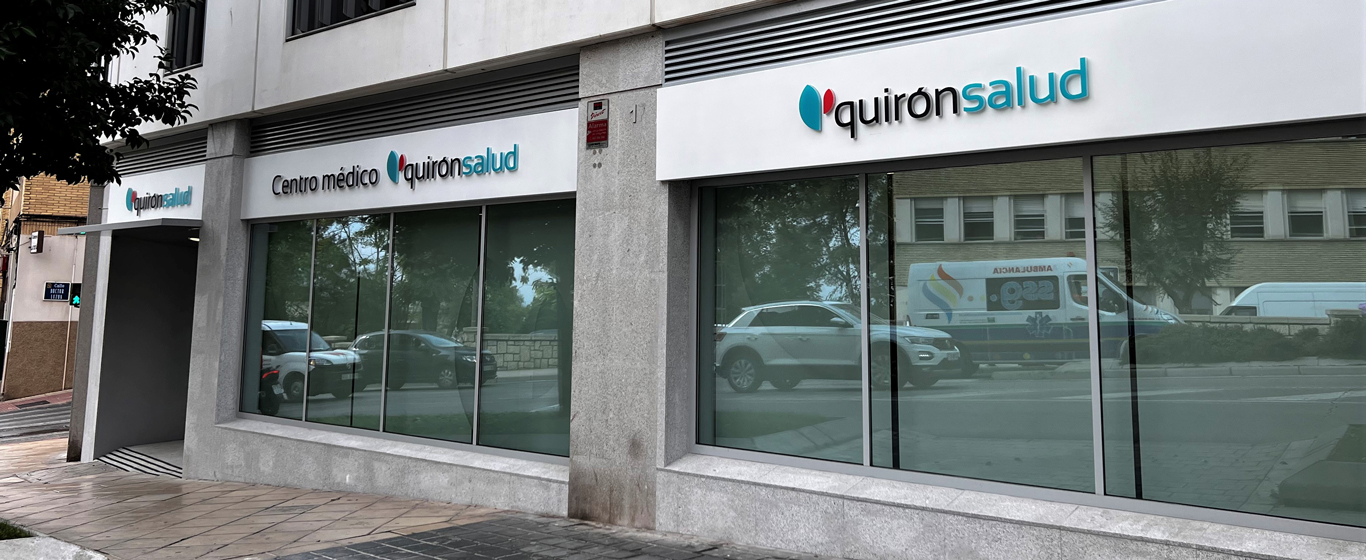Spondylodiscitis
Is spondylodiscitis curable? All the information about the causes, symptoms, and treatments of this disease.
Symptoms and Causes
Spondylodiscitis, or infectious spondylodiscitis, is a rare disease that causes a progressive inflammatory process affecting the intervertebral discs and vertebrae of the spine. This inflammation leads to degeneration, weakness, and ankylosis of vertebral structures. It generally occurs in the lumbar or thoracic region, although in some cases, it appears in the cervical area.
The disease develops slowly and presents symptoms similar to other conditions, often leading to a delayed diagnosis. It is common in children under six years old.
Symptoms
The symptoms of spondylodiscitis vary depending on whether it manifests in a child or an adult:
Spondylodiscitis in children:
It typically appears between the ages of two and five.
- Irritability.
- Lower back pain.
- Pain or discomfort when sitting, bending the torso, or walking, leading to avoidance of walking and crawling.
- Limping may occur.
- In rare cases, hip pain, stiffness, and reduced reflexes.
Spondylodiscitis in adults:
- Lower back or hip pain.
- Pain and difficulty walking.
- Reduced range of motion.
- Hypersensitivity to touch.
- Night pain that is only partially relieved in a supine position.
- In some cases, fever.
- Chest pain, abdominal pain, and nausea if the thoracic vertebrae are affected.
Causes
There is no consensus regarding the causes of spondylodiscitis, but the most accepted theory is that it originates from a bacterial infection, usually caused by staphylococcus or mycobacteria. The primary mode of infection is hematogenous, meaning it spreads through the bloodstream from a primary infection site elsewhere in the body. It can also spread from an adjacent focus, such as a cervical or pelvic infection.
In some cases, the infection may result from a surgical procedure, such as a lumbar puncture or an injection with anesthesia. However, some researchers suggest that trauma can trigger the disease, while others consider it an exclusively inflammatory condition.
Risk Factors
Spondylodiscitis can affect anyone, but certain risk factors increase the likelihood of developing an infection:
- Advanced age.
- Previous infection.
- Diabetes.
- Chronic conditions, such as kidney failure or liver disease.
- Rheumatic diseases.
- Immune system disorders.
- History of spinal surgery.
- Invasive medical procedures, such as catheterizations or punctures.
- Intravenous drug use.
- Spinal injuries.
Complications
If spondylodiscitis is not diagnosed and treated in time, it can lead to severe complications:
- Neurological disorders: If inflammation causes spinal cord compression, it can lead to weakness, numbness, limb paralysis, or loss of bladder and bowel control.
- Spinal abscesses: Formation of a pus-filled sac in the spinal cord. The abscess may cause pain due to the pressure it exerts on surrounding areas and, if it ruptures, can spread the infection to other parts of the body.
- Loss of structural integrity and spinal stability: Due to progressive degeneration of the discs. This can also lead to spinal deformities, mobility limitations, and chronic pain.
Prevention
Certain measures can help reduce the risk of infections and prevent spondylodiscitis:
- Maintain proper hygiene, including frequent handwashing.
- Clean and protect wounds.
- Stay up to date with vaccinations.
- Strengthen the immune system through a healthy diet and regular exercise.
Which Doctor Treats Spondylodiscitis?
Spondylodiscitis is evaluated and treated by specialists in neurosurgery, pediatric rheumatology, and orthopedic surgery and traumatology.
Diagnosis
After analyzing the symptoms, various tests are performed to diagnose spondylodiscitis:
- Physical examination to assess pain and spinal stability.
- Blood tests to check for markers of inflammation and infection: white blood cell levels, erythrocyte sedimentation rate, and C-reactive protein.
- Imaging tests, such as X-rays, MRI, or CT scans, to examine the soft tissues and bony structures of the spine and identify signs of inflammation, bone degeneration, and abscesses.
- Blood cultures to identify the causative pathogen.
- Biopsy: If blood cultures are inconclusive, a sample of intervertebral disc tissue is taken and analyzed for pathogens.
Treatment
Treatment will depend on the severity of spondylodiscitis:
- Intravenous antibiotics to eliminate the infection.
- Nonsteroidal anti-inflammatory drugs to relieve pain.
- Immobilization using a brace, belt, or cervical collar.
- Physical therapy, if deformities exist or movement limitations persist.
- Surgery: Only in cases of neurological deficits, spinal instability, abscesses, or intractable pain.
- Debridement: Removal of abscesses and infected tissues.
- Arthrodesis: Permanent fusion of damaged vertebrae to stabilize the spine.





